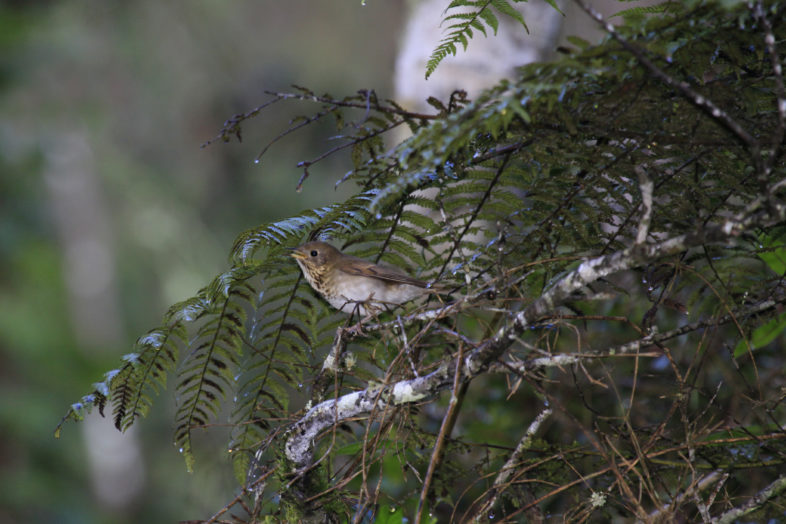
While we’re longing for spring here in the north, our friends far south are enjoying migrant songbirds, like this Bicknell’s Thrush perched in a tree fern in the Sierra Bahorucos, Dominican Republic. / © Pedro Genaro
This month, wildlife and the rest of us here in New England will cross a threshold – arbitrary yet not insignificant: 10 hours of daylight. You can sense it when you head out in the morning: Black-capped Chickadees, Northern Cardinals and European Starlings are among birds breaking out into song, and Hairy and Downy Woodpeckers are starting to drum. Even though we’ve got lots more winter, we’ve also got change. So here’s a Field Guide to February to help get your hopes up, no matter what that groundhog predicts.
First Spring Migrants
Pick your favorite sign of spring: squirrels mating, mud oozing, maples flowering. We like a vulture soaring. Although it’s hardly a long-distance migrant, Turkey Vulture is among the first northbound birds we see (view live eBird map) in northern New England each February. We hope you’ll add your sightings to eBird. And, check out the eBird bar chart to find out what might be arriving each week this spring and click on a species of interest to see a chart like this one for Turkey Vulture.
Shadows and sex
You didn’t need Punxsutawney Phil to know which way the wind blows on February 2. Groundhog Day isn’t about shadows. It’s about romance. Birds and rodents are beginning a season of foreplay. February 2 is indeed significant. It falls about halfway between the Winter Solstice and the Spring Equinox, a period celebrated in various ways in human traditions from Paganism to Christianity. It seems also to be something of a turning point for wildlife, much of which has to do with the light: there’s more of it. VCE Research Associate Bryan Pfeiffer explains on his blog.
Sleeping: Do Not Disturb
Black Bear aren’t true hibernators. Sure, their respiration and metabolic rate decrease during winter sleep, but their body temperature remains close to normal. A bear in a winter den can be easily aroused within moments, but an animal that is a true hibernator may take several hours to come to its senses.
Size matters. The largest mammals that are true hibernators are Marmots that tip the scales at about 11 pounds, such as Woodchucks (AKA Groundhogs) here in New England. If Grizzly Bear were to hibernate, it would take over 11 million calories for it to warm up and wake up!
For animals that are true hibernators – body temperature, respiration, and metabolic rates are all considerably decreased. Take the Woodchuck as an example. Their heart rate goes from 80 beats a minute when active to just 4 or 5 beats a minute when in hibernation. Their body temperature drops from 98 degrees to a mere 38 degrees Fahrenheit. A Woodchuck’s incisors grow continuously and are kept short through their constant gnawing. But during the winter hibernation, growth stops. True hibernators do wake up every few weeks to nibble on food, and in the case of the Woodchuck, use the underground outhouse.
Food supplies are the most critical factor determining when Black Bears den each the fall. When food is abundant, they’ll continue eating throughout the snows of November and into December. When autumn foods are scarce, most bears den by mid-November.
The den is commonly a brush pile. It may also be a pocket or cave in rocky ledges; a hollow in a large tree or a fallen log; a sheltered depression or cavity dug out at the base of a log, tree, or upturned root; or even a simple hole dug into a hillside. Male bears den up almost anywhere. Females, however, are more particular, selecting protected sites and lining them with stripped bark, leaves, grasses, ferns, or moss.
The Crossbill ENIGMA
Red Crossbills (Loxia curvirostra) remain an enigma and birders like you can help solve some of the mysteries. Red Crossbills come in many shapes and sizes that appear to match their main food sources. There’s one called the Appalachian Red Crossbill and it has a medium-sized bill. There’s another called the Newfoundland Red Crossbill which has a large beak and mostly feeds on Black Spruce. The Cassia Crossbill (Loxia sinesciurus) was just another one of these red crossbill populations, found only in the South Hills of Idaho, until just this year when there was enough evidence to elevate it as its own species. Many scientists now recognize many ‘types’ of Red Crossbills. Understanding how these different types wander about the continent, or not, is a puzzle that will require an army of observers – birders like you – armed with recording devices and eBird.
Ornithologists have discovered that each Red Crossbill population gives a distinct flight call. The flight calls are the sound typically described as jip-jip-jip and usually heard when the birds are flying overhead, but sometimes even when they are perched. As many as 10 ‘call types’ of Red Crossbill can be found across North America. These call types have been found to correspond to slight differences in size, genetics, and core habitats.
Identifying a call type by ear is a challenge, but with experience, some differences can be learned. But to be sure of the identity of the call type, ornithologists use audiospectrographic analysis. Raven Lite software can be used to do this analysis. The software produces an image of the flight call. Since each type of flight call has a specific shape and frequency, scientists can match them for an identity, or type. In addition to flight calls, Red Crossbills also give other calls and various songs. Excitement calls, known as “toop” calls, can aid in identification to call type too. Songs aren’t much help for typing, at least not yet.
Anyone with a recording device – from smartphone to professional-grade equipment – can capture recordings and add them to eBird so they can be identified to the call type. Learn more about this at the VCE Blog.
WINTER howls
Eastern coyote breeding season peaks around the middle of February. The howl of coyotes can usually be heard on winter nights, especially during mating season. They usually begin breeding at two years of age and may mate for life. The gestation period is approximately nine weeks, with an average litter of six pups.
The Eastern coyote is an opportunistic omnivore. It is both a predator and a scavenger, with a widely varied diet. They’ll eat small rodents, plants, fruit, deer, snowshoe hare, cottontail rabbits, insects, birds and even a woodchuck. At certain times of the year, deer meat can be significant portion their diet.
Although a coyote may kill a fawn or deer in deep snow, it will also readily eat the carcass of a dead deer and other dead animals. Research has shown that although the coyote does prey on deer fawns in the spring and deer in the winter, it is not a major controlling factor on deer numbers with the possible exception of areas where deer populations are already low or winters are extremely severe.
Add your sightings to iNaturalist Vermont and see where others have seen or heard them too.
Coyote? Eastern Coyote? Coy-dog? Coy-wolf? What is this canine? Learn more about its name and natural history from the VPR podcast – A Brave Little State.
NESTING OWLS
Despite the cold and snow, here in the north breeding season for Great Horned Owls is underway. They’re already sitting on their nests in the southeast. Pairs may roost together near their chosen site before the female lays eggs, which will hatch in just over a month. Listen for them in your neighborhood. Even though the female is larger than her mate, the male has a larger voice box and a deeper voice. Pairs often call together. You can often hear the differences in pitch. Great Horned Owls use old nests of other species, usually Red-tailed Hawks, other hawk species, crows, ravens, herons, or even squirrels. They may line the nest with shreds of bark, leaves, downy feathers plucked from their own breast, fur or feathers from prey, or trampled pellets. Nests deteriorate over the course of the breeding season, and are seldom reused in later years.
If you hear or see a Great Horned Owl, add your sighting to eBird. Here’s a map of all the Vermont eBird sightings reported so far this year. You can see the latest images and hear the hoots uploaded by birders to Vermont eBird too.
Two of a Kind
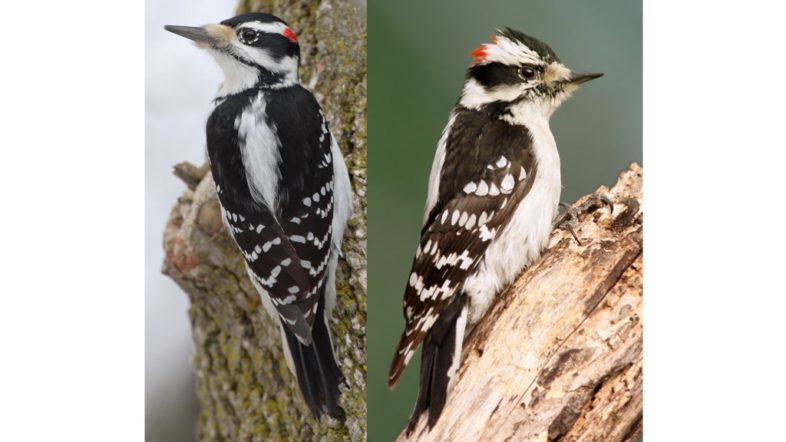
Hairy Woodpecker by User:Mdf (Own work) [GFDL (http://www.gnu.org/copyleft/fdl.html) or CC-BY-SA-3.0 (http://creativecommons.org/licenses/by-sa/3.0/)], via Wikimedia Commons. Downy Woodpecker by Wolfgang Wander [GFDL (http://www.gnu.org/copyleft/fdl.html) or CC-BY-SA-3.0 (http://creativecommons.org/licenses/by-sa/3.0/)], via Wikimedia Commons.
Despite their close resemblance of one another, various studies have revealed that these two species are in fact not close relatives of one another. Downy Woodpeckers are probably more closely related to two species of western North America, Nuttall’s Woodpecker and Ladder-backed Woodpecker. Hairy Woodpeckers, by contrast, are a sister to the Arizona Woodpecker and the Mexican endemic Strickland’s Woodpecker. Indeed, to find the closest common ancestor of Hairy and Downy woodpeckers, one must travel all the way back in time to the primordial Picoides woodpecker, the mother of all subsequent species in this genus (I should point out that woodpeckers are no exception to the rule that no taxonomy is ever certain; one recent study argues that Hairy and Downy woodpeckers are neither in the same genus nor belong in Picoides. Nonetheless, the point remains: they aren’t the closest of relatives).
That these two species were not especially close relatives came as some surprise to ornithologists. VCE director of science, John Lloyd, explains more on the VCE Blog.

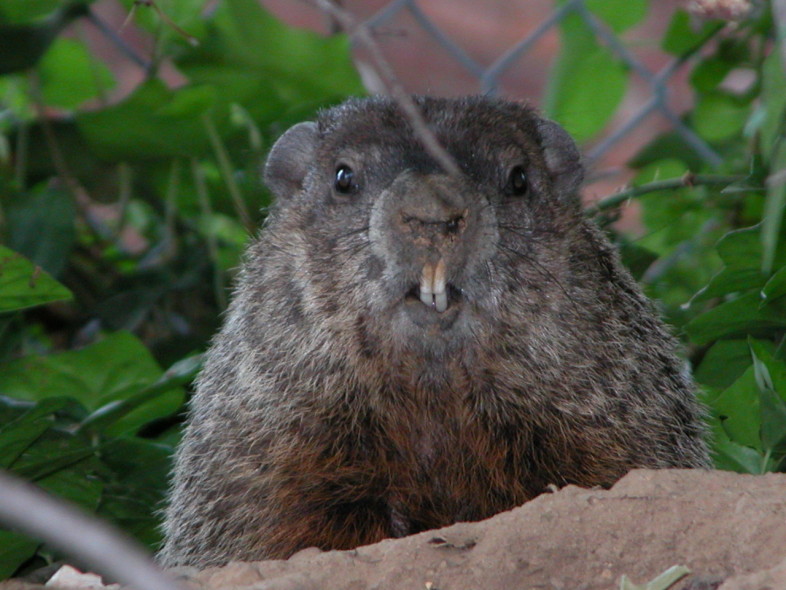
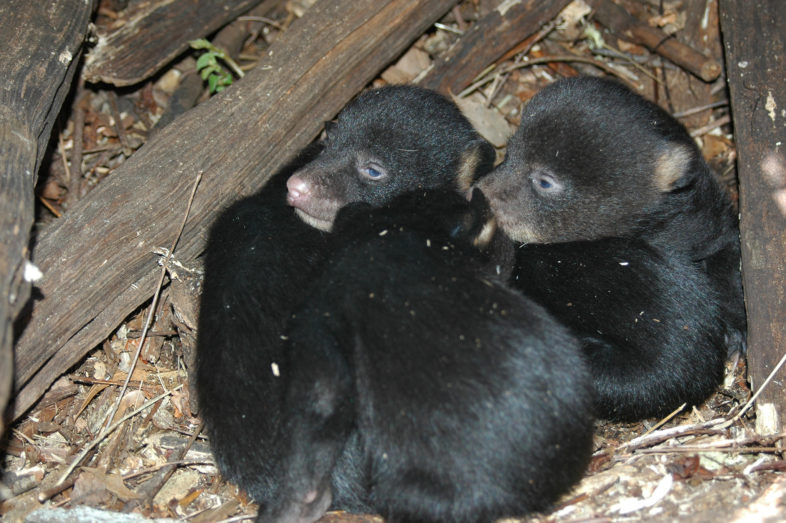
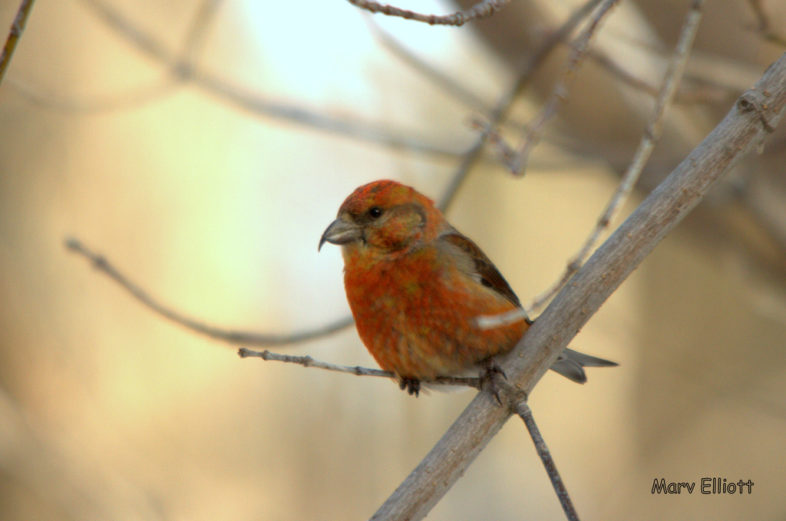
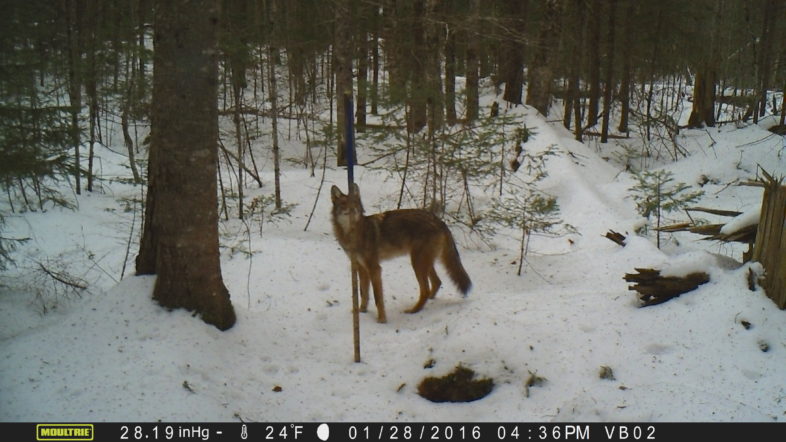
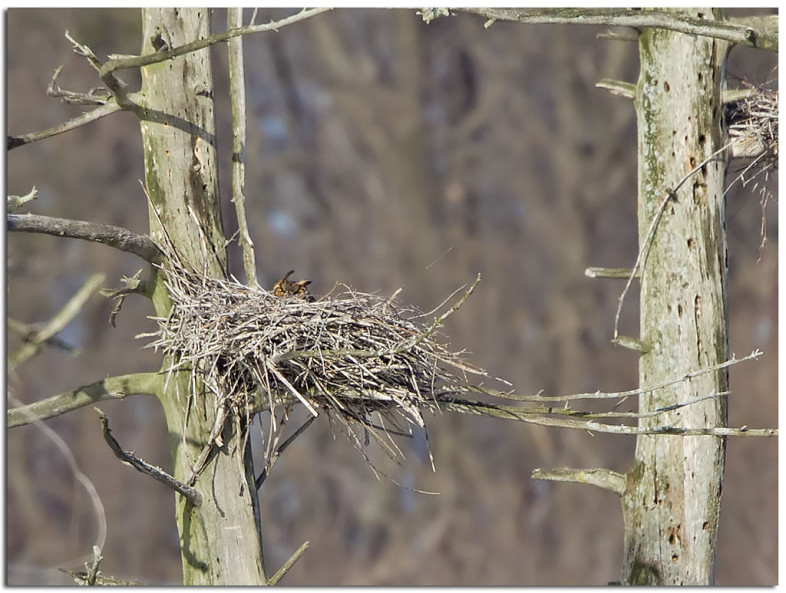

Very interesting, Kent. I was especially taken by your comments about Red Crossbills, and by the fact that Downy and Hairy woodpeckers are such distant relatives.
Thanks for sending this.
Mike